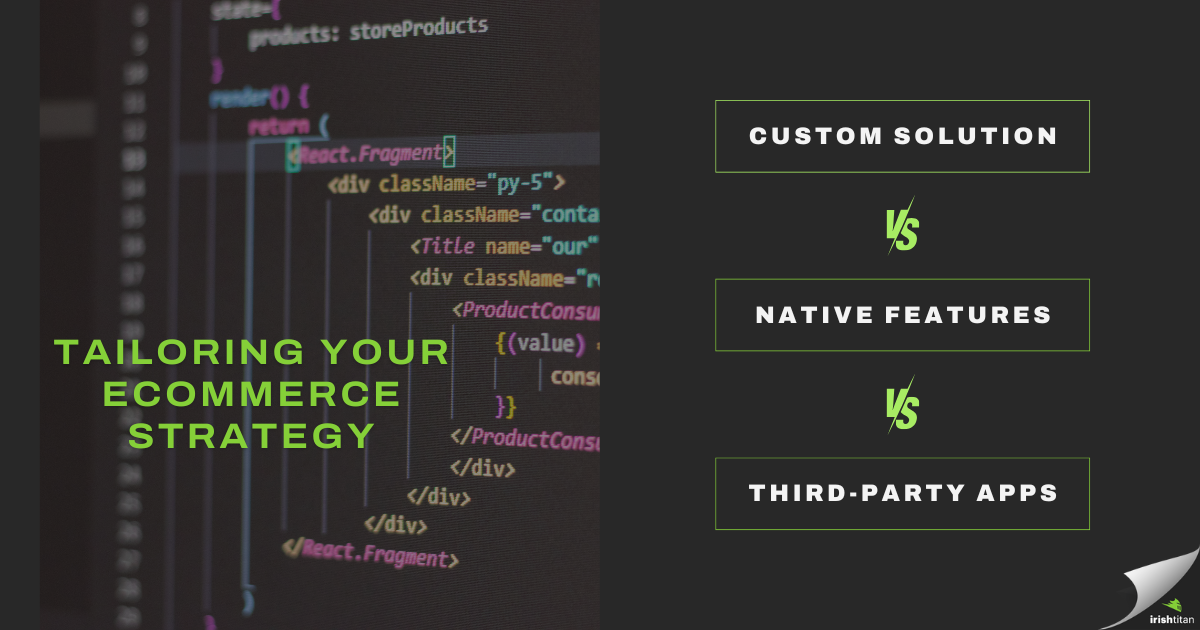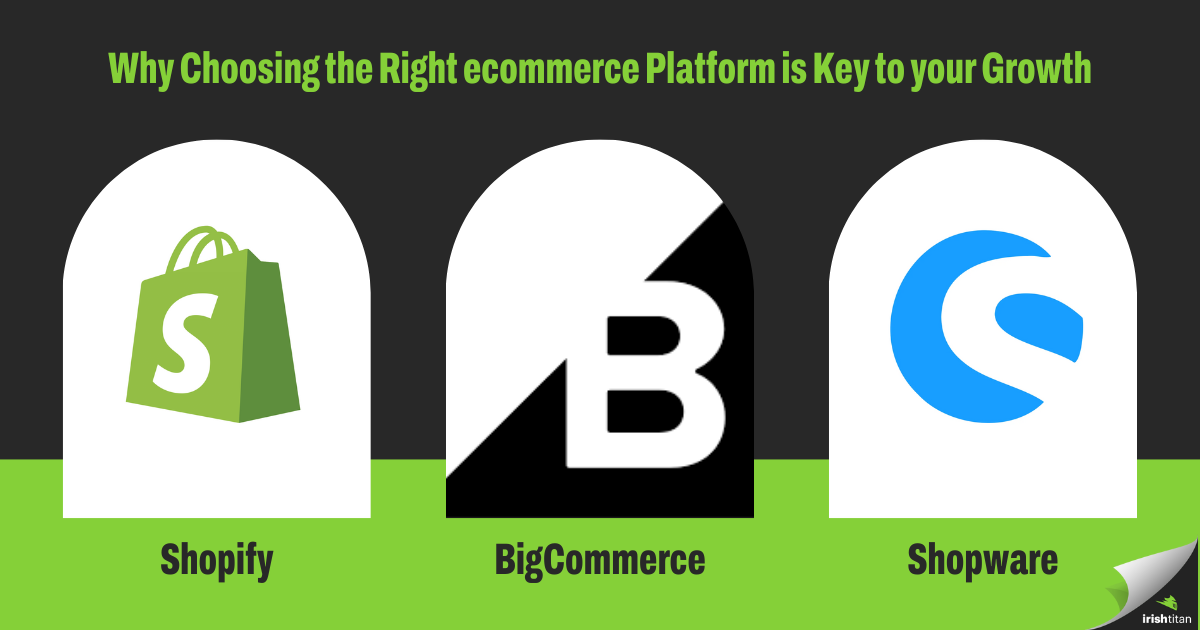Turn Clicks into Cash: How Heat Maps Can Drive Website Revenue
By Nate Levine, User Experience Engineer at Irish Titan
In the world of digital analytics, data is king. But not all data is created equal. While tools like Google Analytics 4 provide a deep, complex set of information, they can often feel overwhelming, leaving website owners unsure of where to focus their efforts. This is where heat maps come in—offering a simpler, more intuitive way to understand user behavior on your site. But what exactly are heat maps, and why are they so crucial?
What Are Heat Maps?
Heat maps are a type of data visualization tool that illustrates how users interact with your website. They use color coding to represent the level of activity across different parts of your site—think of it like a weather map, but instead of showing temperature, it shows user engagement. The hotter the color (reds, oranges), the more active the engagement with that section, while cooler colors (blues, greens) indicate less interaction.
 Image from Hotjar
Image from Hotjar
Why Are Heat Maps Important?
Heat maps are analytics with empathy. They provide a visual representation of user behavior, making it easier to identify what’s working on your site and what isn’t. Unlike the raw numbers and percentages found in more traditional analytics, heat maps allow you to see exactly how users navigate your site—where they click, how far they scroll, and where they spend the most time. This visual approach helps bridge the gap between complex data and actionable insights. For example, they help us identify which CTAs (calls to action) are engaging users and which ones might need some rethinking. If a CTA isn’t attracting much attention, it might be time to re-evaluate its placement or wording.
Just like a gardener who monitors the health of their garden—adjusting watering schedules, checking for pests, and ensuring the soil conditions are optimal—you need to regularly assess your website’s performance. Heat maps help you see where your site is thriving and where adjustments are needed, ensuring you cultivate the best possible user experience. The Tools We Recommend: Heatmap.com and Hotjar Now that you understand the value of heat maps, let’s talk about the partners that can help you implement them. The additional tools you want to incorporate alongside heatmaps will help us steer you in the right direction.
If you’re focused on conversion rate optimization and want extensive data about your call to actions, Heatmap.com is the tool for you. This platform tracks revenue performance per click, providing a clear visualization of your conversion funnel. For example, Heatmap.com can show you that one CTA is generating $11,000 in revenue this month, while another is only bringing in $500. This level of insight allows you to make informed decisions about the placement and effectiveness of your CTAs. By understanding which elements of your site are driving revenue, you can optimize your design and content to maximize conversions.
Another reason why we love Heatmap.com is how they leverage AI. Their tool heatmapAI is able to recommend actionable improvements to drive profitable mobile home pages, collection pages and PDP optimizations. In a recent project, their client Obvi took heatmapAI’s key recommendation to move their primary call-to-action button above the fold on their landing page. By following this advice and relocating unnecessary elements further down the page, Obvi saw a 7.8% increase in revenue per session resulting in $2.5 million increase in revenue—that’s a 100x return on investment in just their first month using Heatmap.com.

Hotjar is another robust tool that offers heatmapping along with feedback, surveys and recordings to give you a deeper understanding of user behavior. In a recent project they completed with LearnWorlds, heatmaps and recordings were integrated into various stages of the user journey, and that data was strategically used by marketers, product teams and engineers. It was all hands on deck. The outcomes speak for themselves.
Increasing landing page conversion rate from 12% to 30%
Growing free trial conversion rates by 0.5%
Increasing new feature adoption from 1.8% to 9%
Hotjar can utilize heatmaps alongside other tools for A/B testing, finding and fixing software bugs and monitoring user sentiment. And my personal favorite, they identify “rage clicks”—when a user repeatedly taps on a part of your site in frustration. This behavior is a clear indicator that something isn’t working as it should, whether it’s a broken link, a confusing layout, or a non-responsive button. By addressing these issues, you can smooth out the user experience and keep visitors engaged.
Conclusion: Why You Need Heat Maps
In today’s competitive digital landscape, simply building a website isn’t enough. You need to continuously monitor and optimize its performance to ensure you’re providing the best possible experience for your users. Heat maps are a powerful tool that can help you do just that—providing insights that are as intuitive as they are actionable. Whatever tool you chose, the key is to start using heat maps today to unlock the full potential of your website.
More from Musings...

2024 truly wrapped. While some 'Wrapped' summaries (cough Spotify cough) jump the gun in early December, we took the time to gather, survey, and reflect on the entire year.

Custom solutions offer tailored functionality for unique needs but come with higher costs and maintenance. Native features are cost-effective and easy to implement but may lack flexibility. Apps provide specialized tools but can create dependencies and added expenses.

Email marketing is the unsung hero of ecommerce success. Automated email flows are not just a "nice-to-have"— “they are the backbone of your marketing strategy” according to our Designer and resident Klaviyo Queen, Elissa Boll. Flows help consistently generate passive income and keep your brand top of mind for existing and potential customers.





